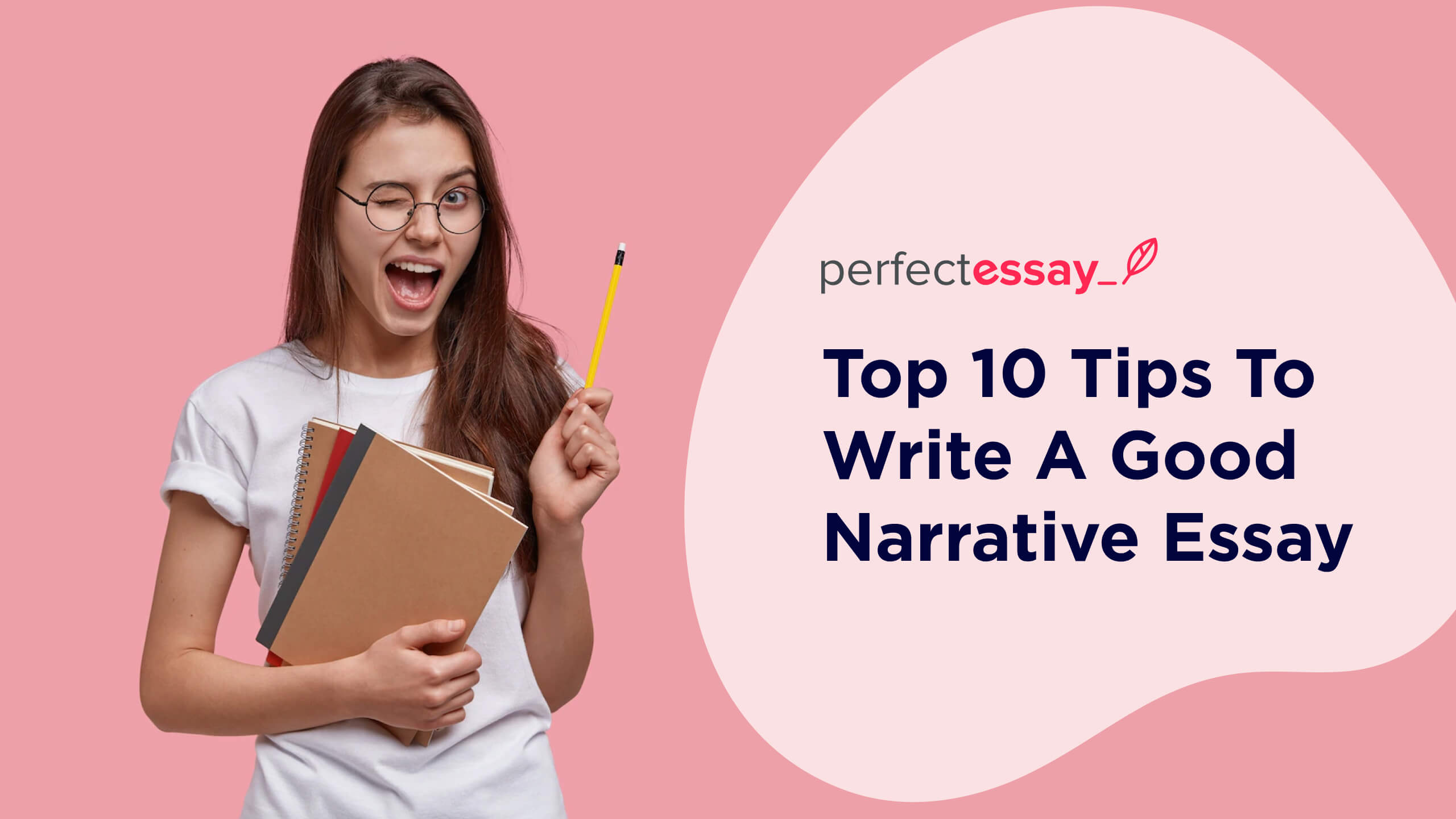Tips To Design A Winning Narrative Essay
Without further ado, let us take a look at some of the best tips for creating a good narrative essay. These tips are extremely practical and students can incorporate them into their essays immediately to see good results.
Pick The Right Topic
Choosing the right topic is the prerequisite to earning good scores for the narrative essay. A good topic should be interesting and eye-catching. It should have the quality to hint at what to expect in the essay but should not reveal too much.
Students can learn a lot by reading poetry and other literary works to see the connection between topics and the work.
Start With A Hook
In literature, a hook is considered to be a thing that can trap the reader and compel them to read more. Since the introduction is the first part of the essay that readers will lay their eyes on, it should have that magical effect.
Most novels and short stories capitalize on this effect by starting with an enticing hook. For narrative essays, writers should draw inspiration from their stories and come up with phrases or statements that will appeal to the reader to go on.
Keep Paragraphs Cohesive
Although paragraphs in a narrative essay serve different purposes, they must have bridging or cohesion between them. It means they must complement and support each other. As a whole, they should look like a part of a single, uninterrupted whole.
If we go through the standard structure, the five paragraphs should have close ties with one another to support the narrative from start to finish.
Employ Strong Verbs To Show Action
Narrative essays are filled with action and change that readers observe and draw parallels to learn the moral lesson hidden inside them. To better convey this effect, writers must think at least twice to assign strong and potent verbs to the action.
Using online tools such as Grammarly and Hemingway Editor, students can improve their narrative by infusing life into action.
Find Perfect Word For Everything
There are infinite ways to tell the same thing, but there is the right way to tell it in the story. One thing that is mostly lacking in the narrative essays of students in schools and colleges is that they don’t use the right word for the right thing.
To get that effect, online sources, dictionaries, and thesauruses are the best way to further tighten the narrative. By doing so, students will convey a better message in a smaller space and with fewer words compared to a mere description of the thing or the event.
Show, Don’t Tell
Showing the action and not telling it is another literary term that writers incorporate in their narrative to let readers experience the action. Instead of stuffing pages with bland details and descriptions, they place the reader in the center of the action through the strength of their narrative. This allows readers to learn better and enjoy the action without weaving a separate narrative of their own.
Let Characters Talk & Progress
Writers can convey unique personality details and quirks of the characters inhabiting the story with the help of dialogues. By using relevant dialects and words, readers can better identify with the characters and learn about them than the writer describing each character.
In other words, there is no point in placing people in your story if you are not going to let them talk.
Avoid Monotony In Every Sentence
Many students fall into the trap of starting every sentence from the same words or phrases and then repeating the practice throughout the length of the essay. This could be off-putting for readers who are expected to be entertained and learn from the narrative.
To avoid that, students should go through multiple revisions to improve on existing iterations.
Use Literary Devices
Literary devices are the tools that writers devise and implement in their writing to hint at bigger ideas and themes of the narrative. There are a lot of literary devices that are commonly used by writers, including alliteration, irony, similes, metaphors, and so on.
More often than not, they come in handy to help readers understand a point better than a plain description.
Solid Plot Structure For A Solid Narrative
The plot of a narrative essay is the sequential unfolding of events and actions that happened logically and believably. It is about giving cause to every important effect and fascinatingly leading a story, yet backed by the events of the story.
Many writers either give little thought or fail to realize the potential of the narrative in their stories, resulting in bland writing. So, keeping a tight grip on the plot leads to an overall better essay.




